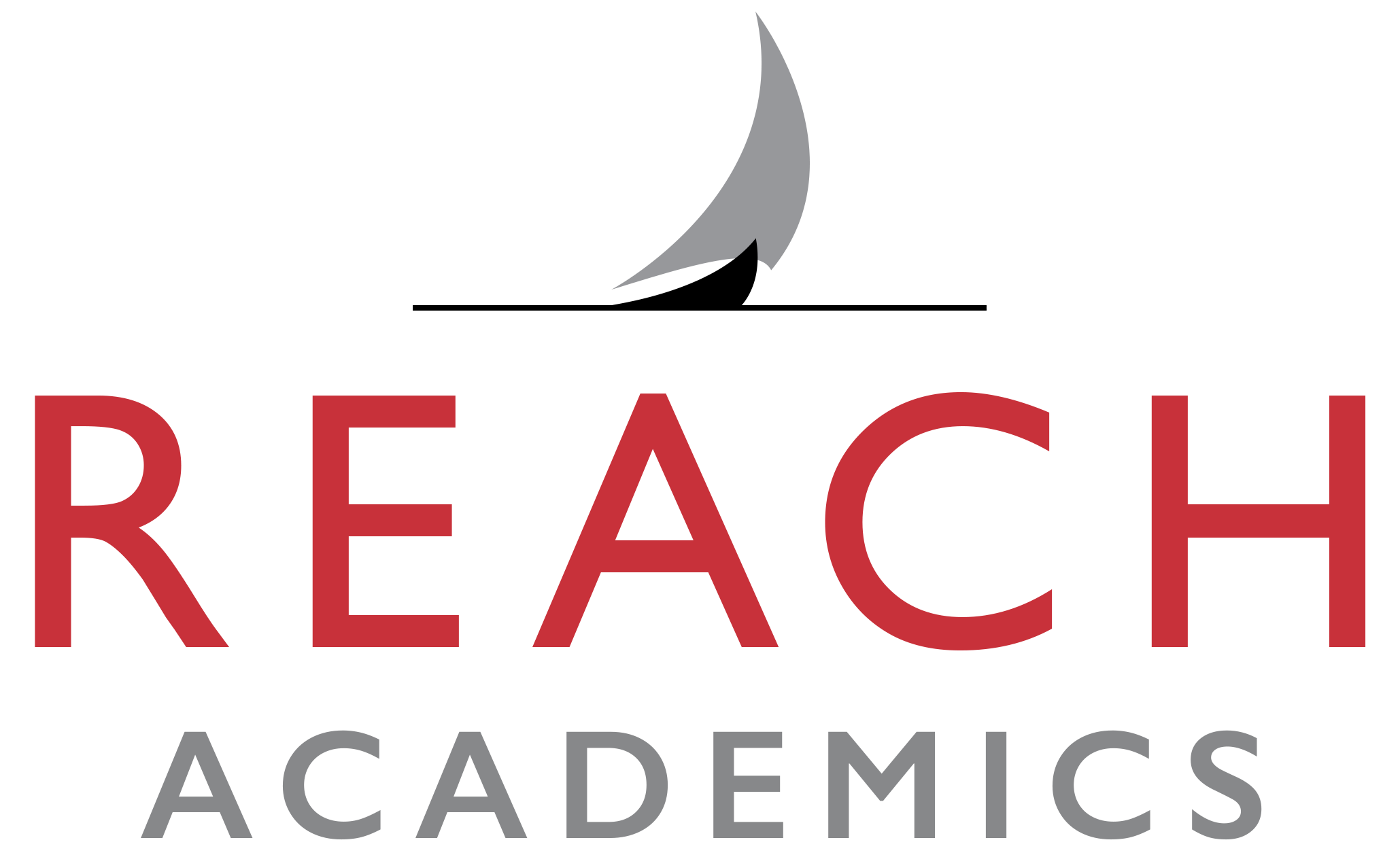Time to Grow Our Students' Social Capital
A recent study from Ohio State University confirms that more than financial capital, social capital has the greatest impact on student learning. In fact, “social capital had a three-to five-times larger effect than financial capital on reading and math scores in Michigan schools."
That’s right. Along with allocating money toward schools, we should also be investing our time and attention on ways to compound the valuation of social capital in our schools. We sense it when schools do this well, as they convey a strong sense of community.
Why is it that social capital matters most in learning? It’s because learning is both cognitive and emotional. As researchers like Louis Cozolino and Mary Helen Immordino-Yang confirm, our brains are wired for social connections and armed with mirror neurons that open gateways to learning through our feelings.
If we feel safe in the classroom, we open our minds to new information, concepts and connections. If we feel inspired in the classroom, our endorphins kick in and we broaden our sense of exploration. Possibility looms large in the classroom that inspires.
Conversely, if we feel unsafe in the classroom, our barriers close in and our cortisol spikes. We close our doors to learning and we crouch inwardly, avoiding engagement while seeking invisibility.
Feeling unsafe is not the same as feeling challenged. Think about it. Being challenged by a teacher or a classroom of peers with whom you’ve built a trusting and stable relationship leads to inspiration. Struggle fueled by grit (passion x perseverance) paves the way for long-term retention. A growth mindset facilitates conditions for challenge, and it is communicated from the teacher.
Getting back to social capital….we now know that our brains are socially wired. We seek the company of others, and we feed off their ideas and ways of seeing the world. Therefore, when classrooms place relationships front and center, the learning environment becomes a social environment.
This is not an argument for incessant group work or eradicating individual studies. Rather, it is an argument for the encouragement of positive relationships, where students know that their teacher believes in them, supports them, and respects their individuality.
Once this stability is created, true learning can take place.
The study expands into the importance of parent and collegial support. This is where low-income schools especially run into challenge because parents are largely too busy, too overworked to make ends meet. Their school involvement is less, and the connection between school and home is weakened. We must focus on this as a society, whether through continued investment in after-school programs, longer school hours that include breakfast and dinner, or tutoring centers that serve as go-to places when the school day is over.
Collegial support is key toward student learning because (like the teacher-student and parent-school dynamic) it is centered upon trust. Colleagues all too often work in silos and this can breed territorialism and protectionism. School leaders must do whatever they can in order to bring their teachers together in the shared spirit of teaching and learning.
The thesis of this post is worth repeating: social capital is three- to five-times more valuable than financial capital in schools. We can all support this notion by supporting the relational work teachers bring to the job every day. We all must not only support, but also spotlight this critically important, and human, endeavor.
